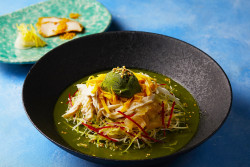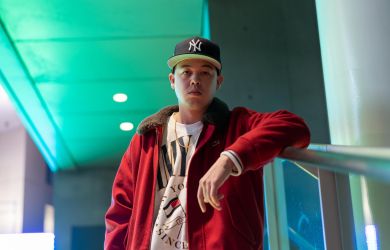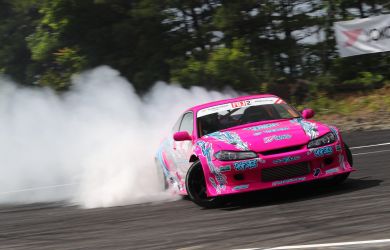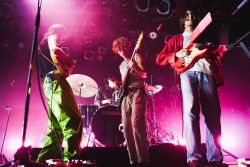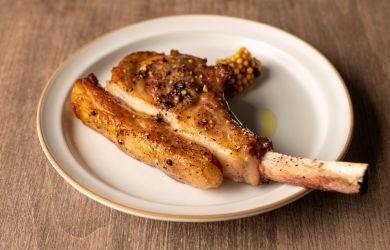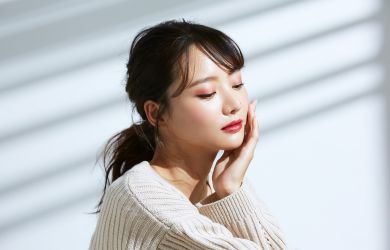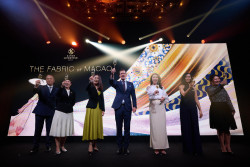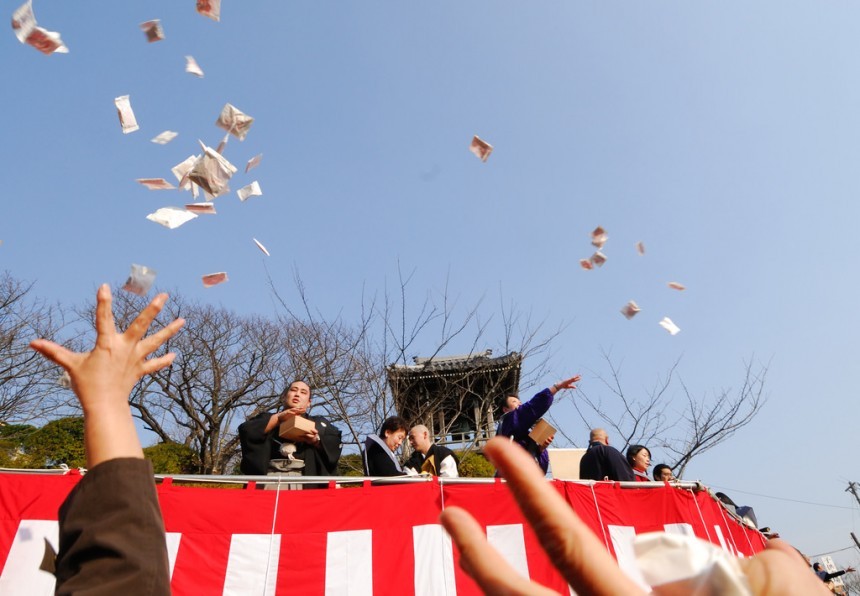
Tokyo Setsubun is just around the corner. While the celebration may officially mark the beginning of spring, it’s known first and foremost for mamemaki—the ritual throwing of roasted soybeans. Every February 3rd, the line “Oni wa soto! Fuku wa uchi!” which repels demons and welcomes good fortune, rings throughout the country as soybeans litter genkans.
These “fortune beans” are also consumed for good luck (eat the number equal to your age for optimal fortune). With the winter cold usually rolling deep into February, the sweet, crunchy snacks are also a welcome consolation given Setsubun’s false promise of spring weather.
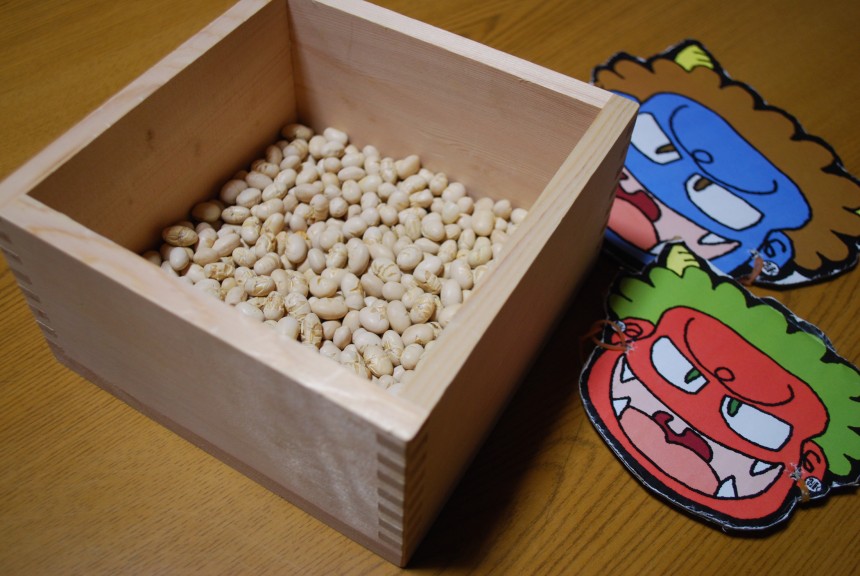
While most people celebrating will stick to Setsubun’s homegrown traditions—dad wears an oni mask and the kids go to town—there are plenty of temples and shrines hosting public mamemaki events this coming Saturday. Most Tokyo Setsubun venues will even host local celebrities, including TV talent and sumo wrestlers, who are on-hand to help throw gifts of money, soybeans and sweets into the crowds.
Here is a breakdown of the some of the best sites in the city for celebrating Setsubun:
Sensoji Temple
If you’re looking to celebrate Setsubun with 100,000 of your closest friends, consider Sensoji Temple. The iconic Asakusa district temple is a tourist haven on most days. But on February 3rd nearly everyone gathers at the end of Nakamise-dori for what is by far the largest Tokyo Setsubun event.
If you arrive early (around 10am), local kindergarten children are usually gathered for their own mamemaki and Setsubun-themed singing. The festivities also feature the Seven Deities of Good Fortune Dance, a ritual famous to the Sensoji Temple grounds. When the mamemaki begins, expect some light pushing and shoving as the large crowds grasp for good fortune in the coming year.
The temple’s official parade runs from around 11:30am – 1:30pm. There are usually additional bean throwing times at 2pm and 4pm.
Sensoji Temple, 2-3-1 Asakusa, Taito-ku, Tokyo
Google Maps: https://goo.gl/maps/enSPvv8xFJ32
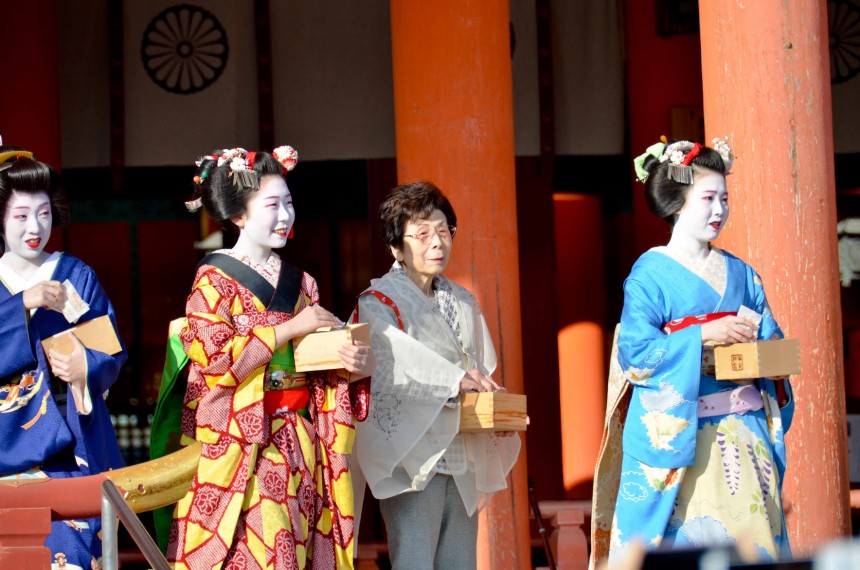
Zozoji Temple
Located near the base of Tokyo Tower in Shiba Park, Zozoji Temple is another prime bean throwing location and one of the few large gatherings in the heart of Minato-ku. The austere temple made its name for ties to the Tokugawa family, which go back to the Tokugawa shogunate and Tokugawa Ieyasu. But on February 3rd, Zozoji succumbs to the Setsubun fun with its own bean throwing festivities. Japanese celebrities are usually in attendance. Around 3,000 attend Zozoji annually for the event, which usually runs from 12:00pm – 1:00pm.
Zozoji, 4 Chome-7-35 Shibakoen, Minato, Tokyo 105-0011
Google Maps: https://goo.gl/maps/gt7179Ngbuj
Ikegami Honmonji Temple
Ikegami Honmonji Temple is one of the most famous Setsubun celebrations in the city. Located deep in Ota Ward, Ikegami Honmonji gathers around 10,000 people annually for the event, which likely serves crowds far from the Sensoji celebrations up in North Tokyo. The temple is also famous for its traditional Japanese desert, kuzumochi (mochi made from kuzu powder). The mamemaki usually runs from 11:00am – 2:00pm.
Ikegami Honmonji Temple, 1-1-1 Ikegami, Ota-ku, Tokyo
Google Maps: https://goo.gl/maps/EhtuunMVZcL2
